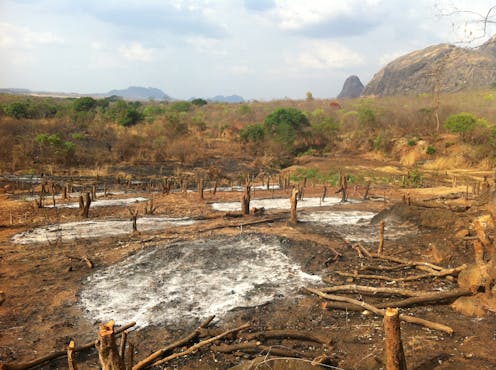For my last post, I thought I would mention one of the most well-known conservation issues: bees. Unless you have been living under a rock or something, you have definitely heard about the problem of declining bee populations worldwide. The movement to save bee populations has spread like wildfire across the United States, and people are right to worry.
In the winter of 2018-19, 40% of United States honey bee colonies died, and one-third of wild bee populations are in serious decline. This decline is also shown in many other insect species, and if this trend continues, most insect species could be extinct within a hundred years.
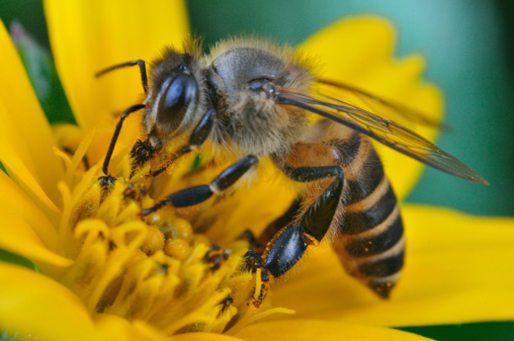
Fig. 1 Honey Bee
If bees and other insect species go extinct or even severely decline further, it could spell disaster for the entire planet. Insects are major food sources for many species of birds, lizards, fish, and mammal species, so if they go extinct, these animals will go extinct as well. Insects are also vital to pollination for many plant species, most significantly in fruit, vegetable, and nut production. If insects go extinct, humans could lose a great deal of our food sources, causing widespread famine. In the United States, honey bees alone pollinate over 15 billion dollars of food crops.
There are multiple factors for the declining bee populations. The geographic range that bees live on has declined by 25%, mostly due to habitat loss. Another major factor in the declining population is farming practices. Bees’ natural habitats are being destroyed for farmland and the pesticides and fertilizers being used have caused major damage. If a large part of a bee colony is wiped out, the colony has a very difficult time rebounding before more damage occurs.

FIg. 2 Declining Bee Population
While many people get annoyed at all the insects that end up in their yards and houses, they truly do play a vital role in the Earth’s ecosystem. If insects disappear, a total collapse of ecosystems across the globe will occur.
It seems to be quite a trend to “save the bees” and many people brush off these people as trying to be “hipster” and just following along with trends, but even if some people may come off as cringy, this is still a real issue that needs to be resolved. Insect populations are declining, and despite many people’s hatred towards them, this is not an issue to just brush off and ignore. The loss of insects could spell extinction for us.


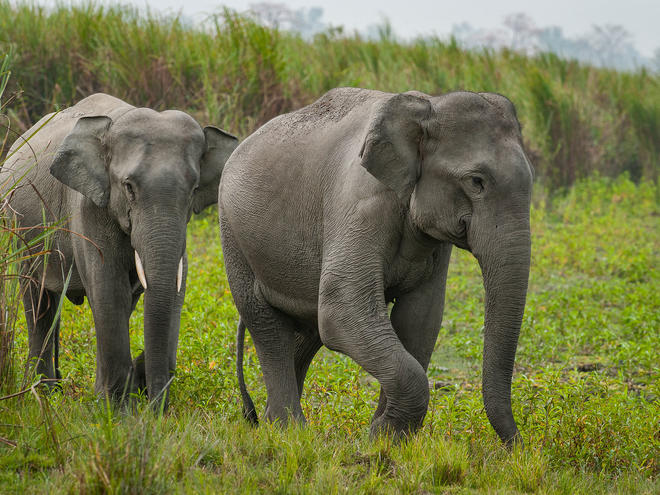
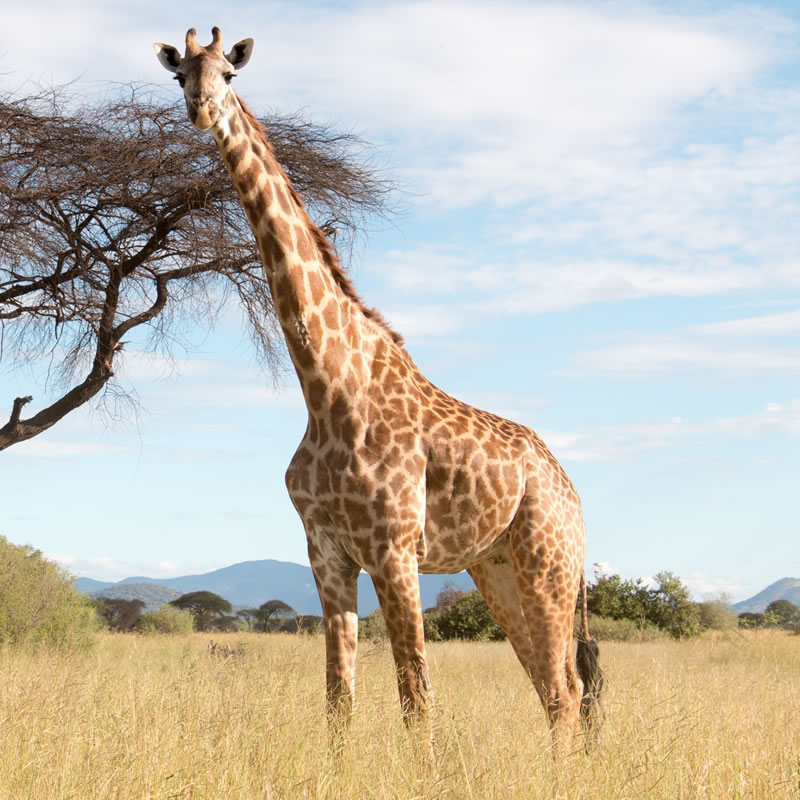
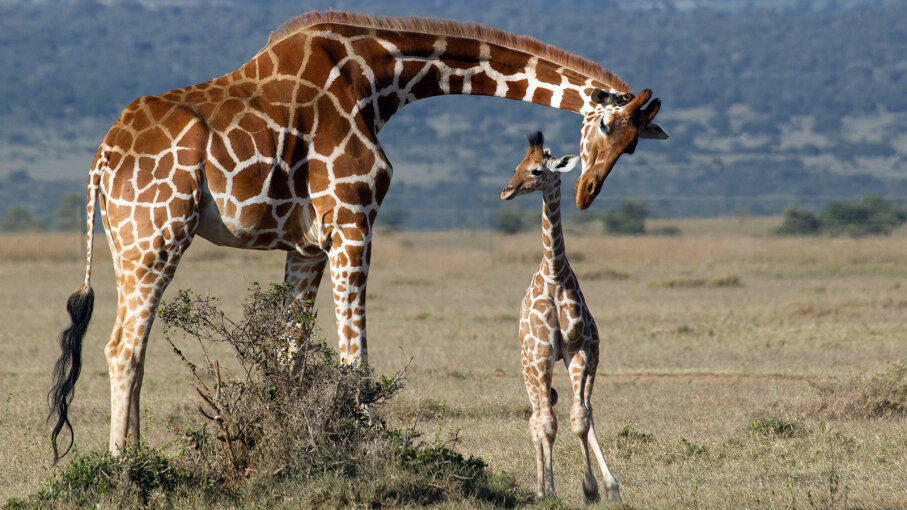





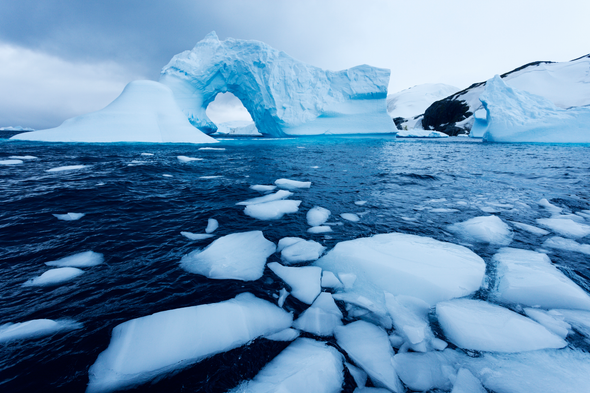

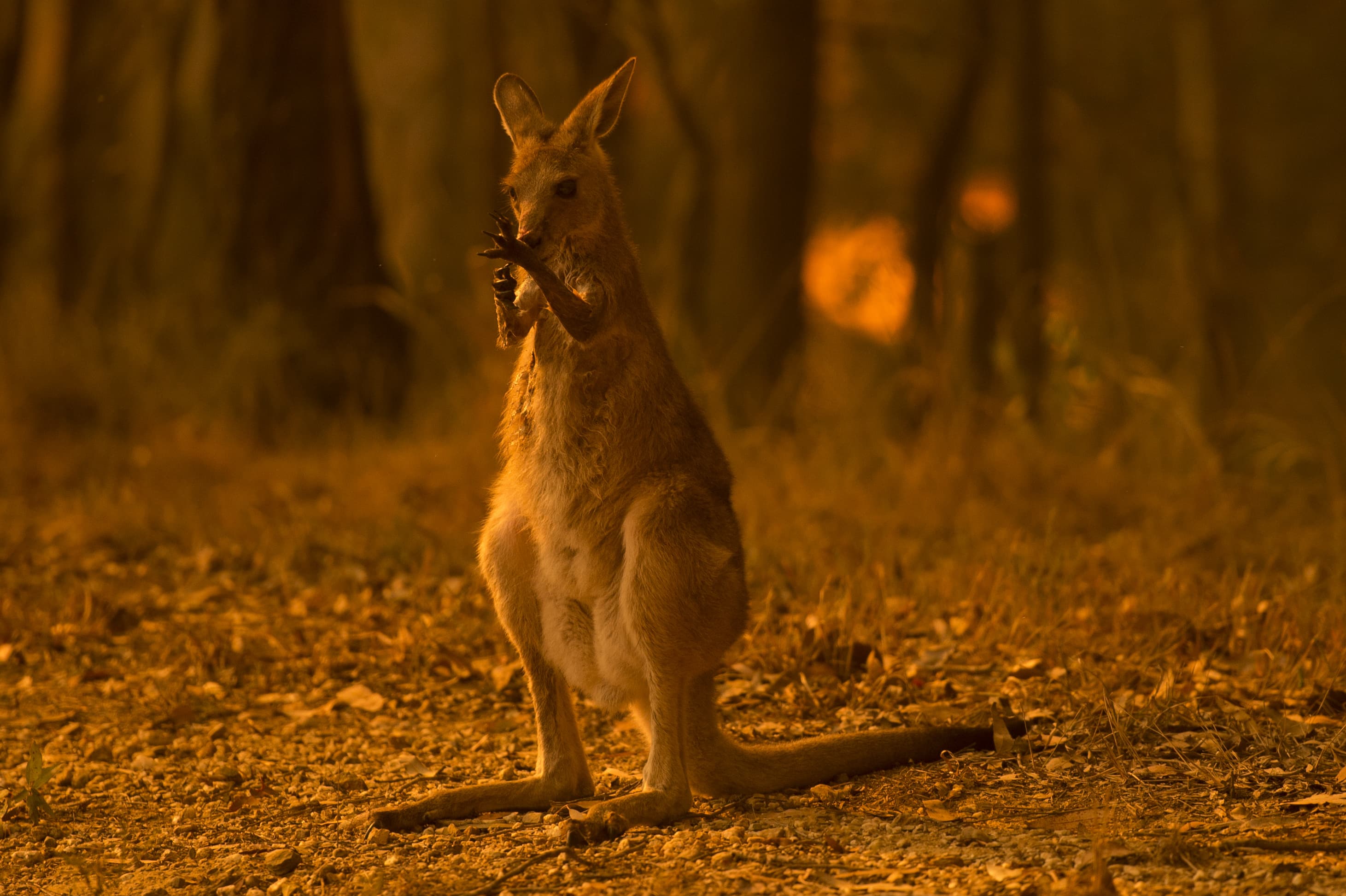

/cdn.vox-cdn.com/uploads/chorus_image/image/54323729/Pasted_image_at_2017_04_18_03_43_PM.0.png)
